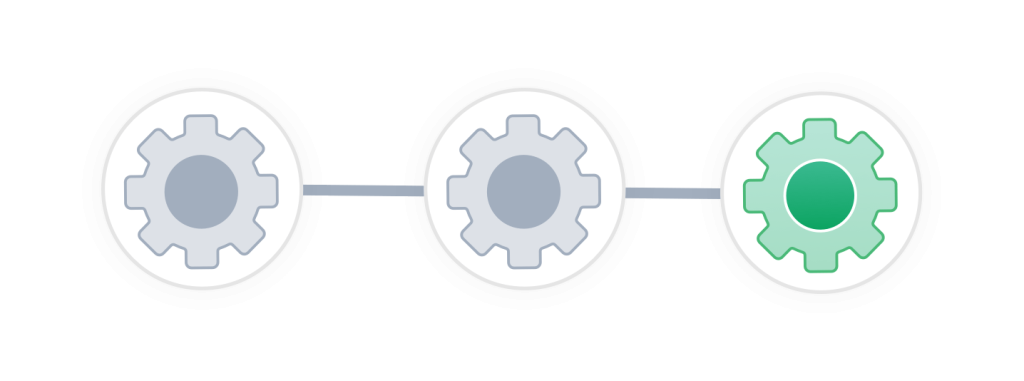Contextual information provides business leaders with a comprehensive understanding of the factors that influence a particular situation, such as historical data, market trends, customer preferences, or project status. By incorporating contextual information into business workflows, decision-makers benefit from valuable insights that help them to make more informed choices. Contextual information bridges the gap between data and decision-making, ensuring that decisions are made based on a holistic understanding of the situation, thereby reducing risks, and optimizing outcomes.
In this article, we’ll explore how contextual information business workflows can improve your organization’s decision-making.

What is contextual information?
The term contextual information refers to information that is directly related to the circumstances of a particular transaction or event. This varies depending on the industry and specific business procedures that are in play. In project management, for example, contextual information may include the current status of tasks, availability of resources, and potential risks. In supply chain management, decision-makers may need access to inventory levels, market trends, and transportation bottlenecks to make reasoned and informed choices.
By providing business leaders with relevant, real-time information, they can understand a situation more acutely before taking important decisions.
How Claromentis E-Forms and Workflow Portal can embed contextual information
The Claromentis E-Forms and Workflow Portal is a powerful tool that enables businesses to embed contextual information in their decision-making processes. By allowing organizations to design customized e-forms and workflows, relevant contextual information can be captured and presented to key staff at the point of decision-making.
With an intuitive interface, users can access data from various systems and seamlessly integrate it into the information or document workflows to give decision-makers the information they need to make fully informed, risk-free decisions.
The benefits of improved decision-making

Incorporating contextual information into business workflows offers several important benefits:
Increased efficiency: Contextual information allows decision-makers to make more accurate and timely choices, leading to better efficiency and productivity. By having access to relevant data, historical context, and real-time insights, organizations can streamline business processes and identify bottlenecks, helping to optimize resource allocation, reduce delays, and enhance overall operational efficiency.
Fewer errors: With contextual information driving decision-making, business leaders are less likely to take uncalculated risks that could result in financial losses, for example, through the overstocking of inventory or the purchase of unnecessary new assets. Decision-makers can be more confident that their actions and choices which are grounded in data and can evaluate risks more incisively.
Enhanced competitiveness: By leveraging contextual information, organizations can gain a competitive edge over their rivals by embedding data-driven decision-making into their operations, to ensure that growth opportunities are captured.
Contact us to find out more
At Claromentis, we offer a personalized demonstration of our business workflow and e-forms software so you can see how it could enhance your organization’s decision-making.
To arrange your no-obligation demonstration, please get in touch today.





